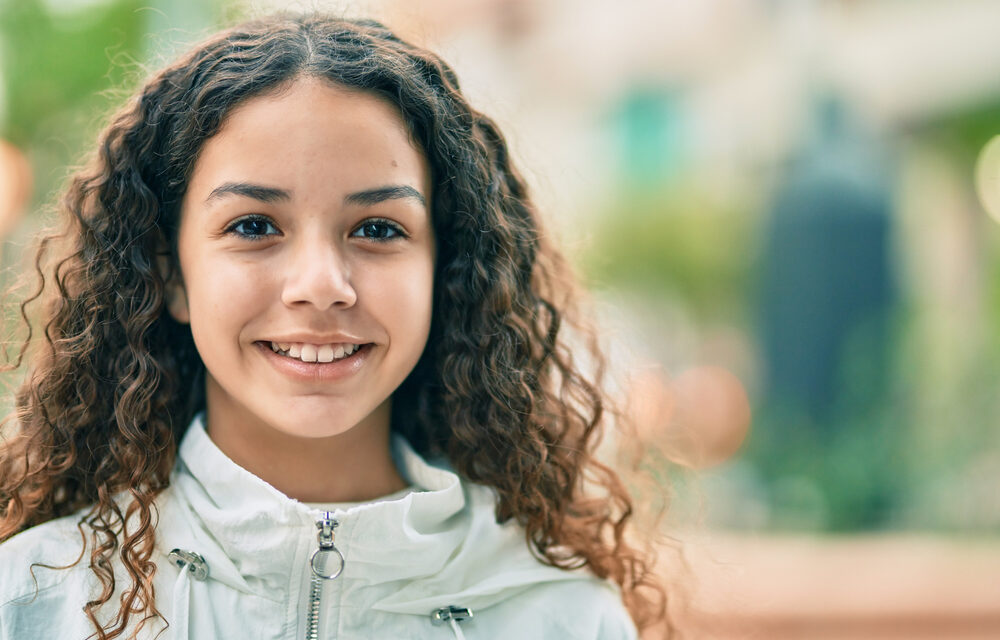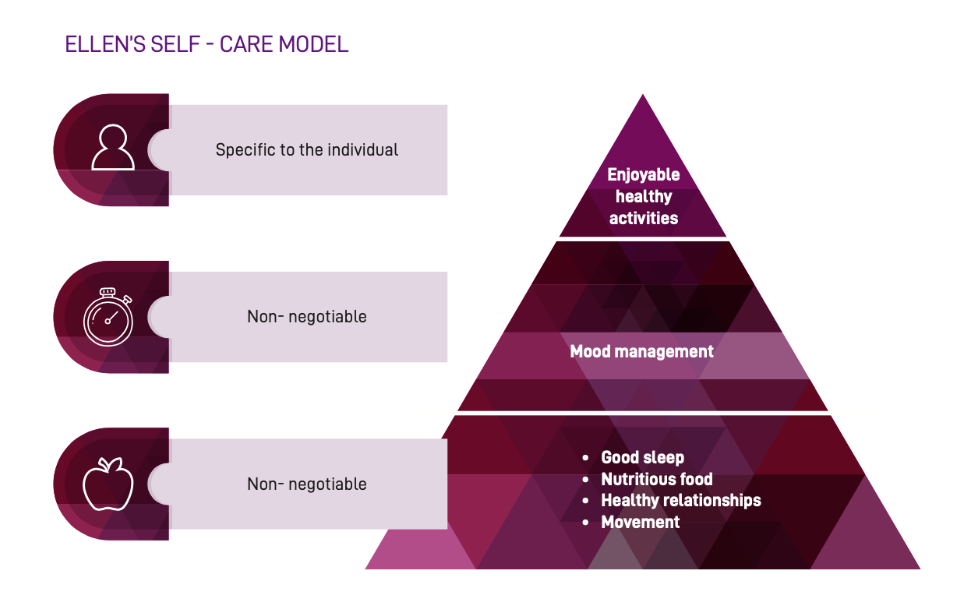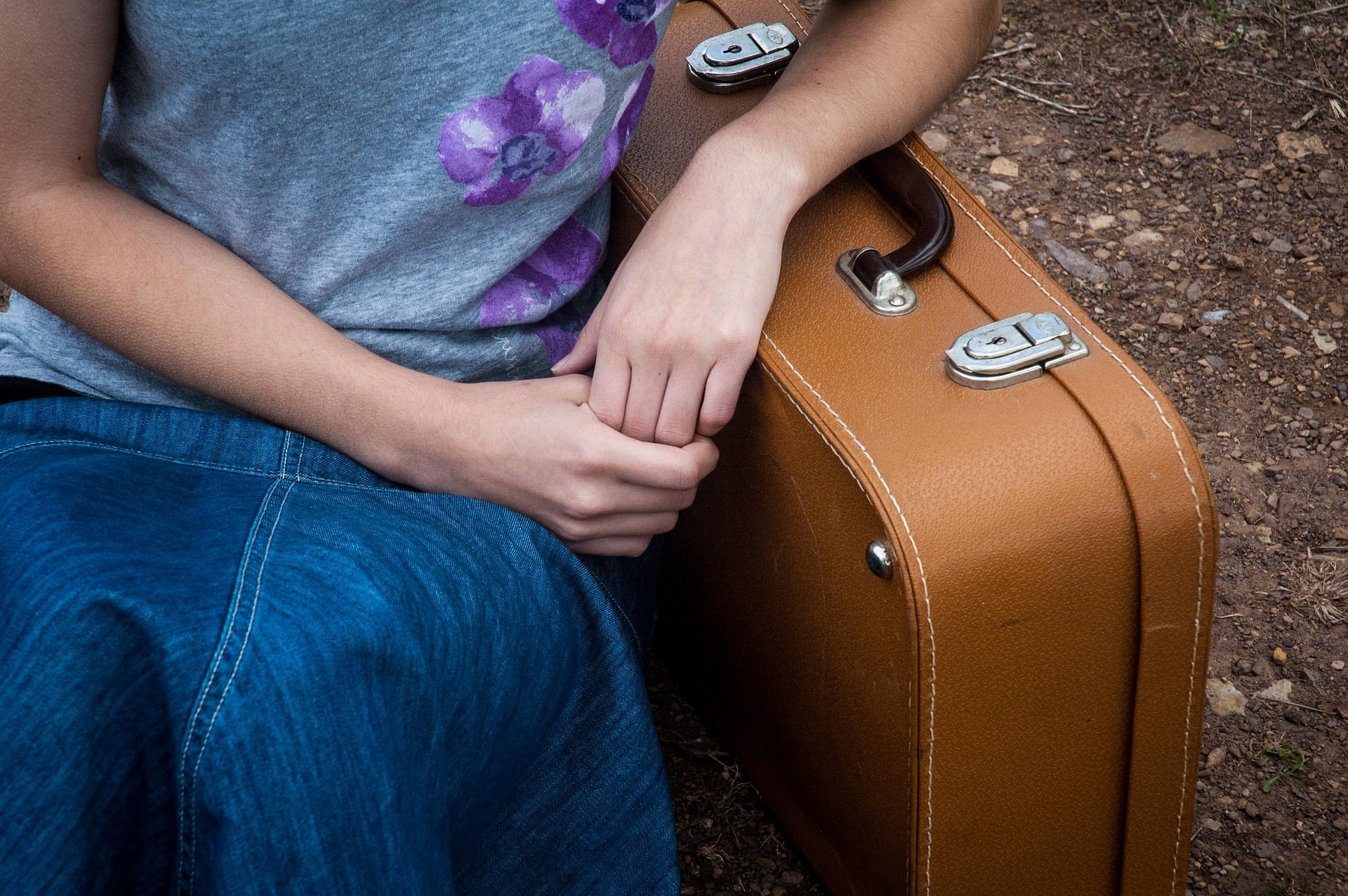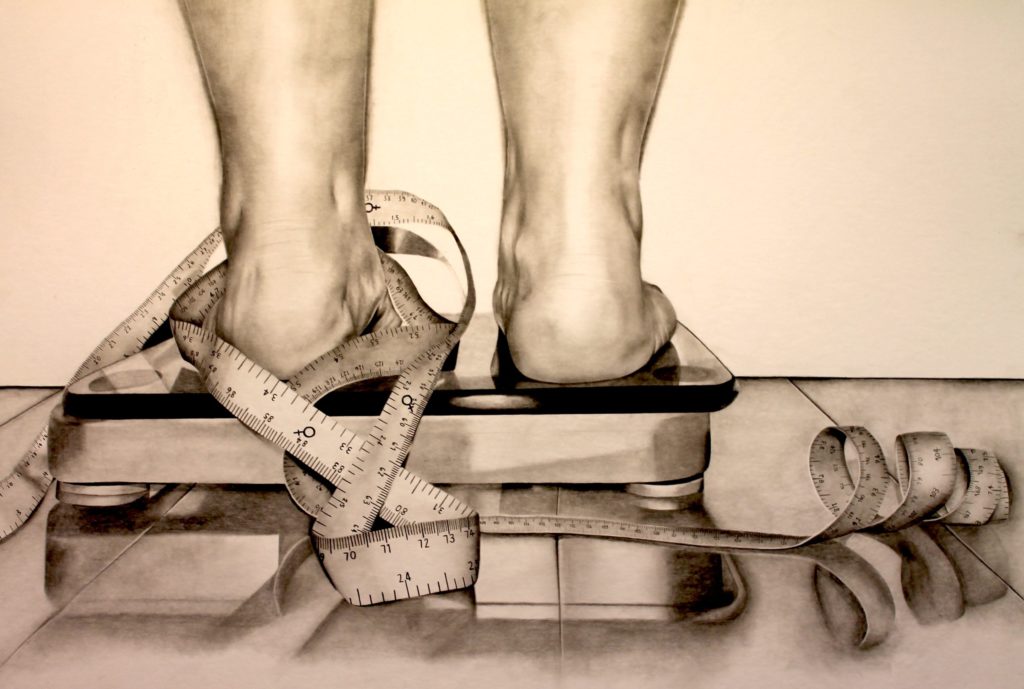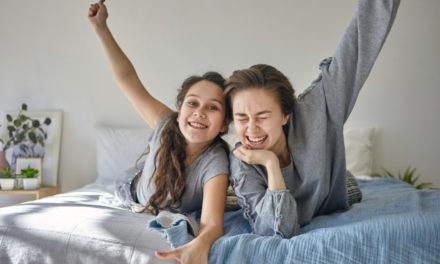Our language is diffused with psychology-speak. We talk about toxic relationships, narcissism, trauma, gaslighting, mindfulness, and self-care.
All these terms describe real, important concepts in psychology, but they are trivialised by their misuse, particularly on social media.
One of the most important concepts to be lost to this pop psych-babble is ‘self-care’. Self-care has become a term that influencers use when they are trying to sell bubble baths, spa days, and champagne.
In fact, self-care is an important psychological concept that underpins our wellbeing and mental health.
The group hurt most by this misunderstanding is our young people. They feel broken and disempowered if the trivial suggestions of influencers don’t ‘fix’ them.
What is self-care really?
Ellen McDonald is a clinical psychology registrar at Lourdes Hill College. Her career has been devoted to working with adolescents. She says, “Self-care is making routine the practices that establish and maintain wellbeing and prevent dis-ease.”
While working with young people, Ellen created the pyramid below. She uses it to demonstrate visually that mental health and wellbeing are built on a base of “non-negotiables”. Once these are in place and established as routine, the option of a bubble bath makes more sense.
Pyramid Base: The Non-negotiables
The base level ‘non-negotiables’ in Ellen’s pyramid include the following:
1. Sleep
Teenagers need a minimum of 10 – 12 hours of sleep. A lack of sleep makes it difficult for our children to demonstrate the level of resilience they need on a day-to-day basis. Minor issues and challenges can become major when kids are fatigued.
Ongoing sleep deprivation has a big impact on growing brains:
- Lack of enthusiasm
- Moodiness and aggression
- Anxiety
- Depression
Every thirty minutes of extra sleep that a child gets makes a difference. For this reason, teenagers should not choose their bedtime and should not have devices in their rooms.
2. Diet
We all need nourishing, fuelling food. We assume this goes without saying, however, it needs to be said to our young people. They do not comprehend the impact of regularly consuming refined, high-sugar foods.
You might think, “I’ve got this one covered at home”, and I’m sure most do, but the food consumed on the way to and from school is a concern. I live next to a cafe strip. Before and after school every day I see lines of teenagers picking up energy drinks, iced coffees, and bubble tea. Many believe these hugely popular drinks are healthier alternatives, but they are not. For example, a bubble tea contains up to two and a half times as much sugar as a can of Coke.
A diet high in sugars has been linked to cognitive impairments, negative neuroplasticity, and emotional disorders such as anxiety and depression. It also impacts sleep, one of Ellen’s non-negotiables.
Sugar overconsumption leads to changes in neurobiological brain function which alter emotional states and subsequent behaviours. (Jacques et al 2019)
In other words, too much sugar makes you moody and can contribute to serious mental illness, and that’s before we even begin to discuss the caffeine being ingested.
3. Relationships
A non-negotiable need of all kids (and adults) is nourishing relationships. They need healthy bonds that are safe, supportive, caring, and validating.
For all kids, regardless of age, those relationships start with parents or carers. However, in adolescence, it is normal for our young people to begin looking more toward their peers. This is how they begin to find their place in the wider world and establish independence.
That said, it is no time for parents to switch off. It is simply time to start redefining your role. You are a coach, and get to walk beside them… a connected, invested, and loving coach.
If your kids can fall into your love at home, they know any problem out in the world can be conquered.
4. Movement
Being fit improves our sense of wellbeing, not because we look better, but because being fit generally means our body works more effectively. A body that moves is also a body that receives regular injections of endorphins. Endorphins are neurotransmitters that help relieve pain, reduce stress, and improve your sense of contentment.
Another important type of movement is ‘getting stuff done’. Procrastination is a type of inactivity. Sometimes the best thing our kids can do to improve their wellbeing is their homework! When we have tasks hanging over us, we feel stress. To release the stress, we must begin the hard thing. We can all do hard things, but we must start!
Pyramid Middle Tier: Mood Management
This is the part of the pyramid most people aren’t aware of. Mood management is awareness and understanding of our thoughts and feelings. Ellen says, “We can start managing our mood by using the other non-negotiables at the base of the pyramid. For example, getting more sleep, eating well, and moving more.”
Other important parts of mood management must be taught:
a. Key to teaching kids about their thoughts. Mindfulness is the process of consciously listening to your thoughts and being aware of which are useful and which aren’t.
The most important part of mindfulness is stopping yourself from obsessing about the past or the future. You keep yourself in the here and now. Our past is often connected to regret, guilt, and shame. Our anticipated future is often tied to anxiety and worry. If we can stay in the ‘now’, life is calmer.
b. Key to teaching kids about emotions. All emotion passes. We will all be joyful at times, and we will all be sad at times. No feeling lasts forever. This is a fact our kids struggle with. Often, they believe they ARE their emotions.
When we teach our kids to recognise and name the emotion they are experiencing, we remove a huge weight from their shoulders. There is a sense of, “I know what this is, other people experience this too, and it will pass.”
Some other activities to help kids with mood management:
- “Notice 5 things you can see, 5 things you can hear, 5 things you can feel.”
- Guide them to notice their breathing or heartbeat.
- Colour in (regardless of age).
- Watch a candle flame or a fire.
- Get outside and connect with nature.
- Use apps designed for mindfulness like this one called ‘Calm’.
Top of the Pyramid: Individualised Enjoyable Activities
When the basic, non-negotiables are met, there are fun activities that can be a part of self-care. These are specific to every individual. Personally, a bubble bath makes me feel like human soup, but some people adore it. Others like being creative, massages, a long conversation with someone lovely or funny, a movie, bush walking…
Ellen says, “Our job as guides in our kids’ lives is to help them recognise the individual, top-of-the-pyramid activities that make them feel good.” Don’t leave them to be led by social influencers.
It doesn’t matter what it is as long as we are not simply numbing pain. Our teens often do this by scrolling on social media, gaming for excessive amounts of time, or sometimes substance abuse.
Final thought
I love Ellen’s pyramid. It is a strong visual reminder of what we all know deep down. Most self-care is doing the basics. It isn’t necessarily fun or glamorous or insta-worthy.
It is doing the things that sometimes feel hard, especially for our kids who love instant gratification. It’s one of those skill sets that we need to pass on and model ourselves. As in our kids’ lives, we are the social influencers who count.
This article was first published in Lourdes Hill College’s Inspiring Girls blog

